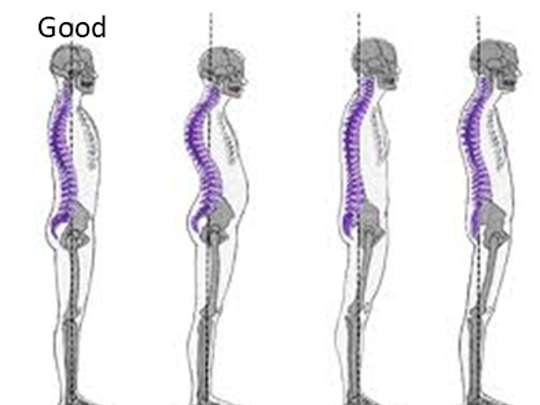
In recent years, there has been an increasing focus on core muscles, particularly the back and abdominal muscles.
The core muscles are important in supporting the spine, and a decline in core muscle function is expected to lead to lower back pain, lower lumbar spine function, spinal imbalance, and an altogether lower quality of life.
However, there have been no reports investigating the relationship between core muscle mass and lumbar spine function or spinal balance, and no literature has demonstrated a clear relationship between core muscle mass and low back pain.
Recent studies have demonstrated that core muscle mass is significantly associated with the degree of disability (ODI) due to low back pain, and that as core muscle mass decreases, daily life worsens due to low back pain. Similarly, the lower the core muscle mass, the worse the low back pain (VAS), scoliosis kyphosis (SVA), and health-related quality of life (EQ5D). These results indicate that core muscle mass is an important factor in spinal pathology and is also associated with quality of life.
This is the first study in the world to demonstrate the clinical significance of core muscle mass, which can be easily measured using large-scale data.
Of course, core muscle mass is not the only cause, but it is such an important factor in our human lives.
The most realistic way to strengthen the core muscles is by actually using them.
Let’s start with small movements, focusing on sitting and standing postures.
I’ll share more about the actual postures in another article, but let’s begin with a few self-awareness questions:
- Are your legs crossed?
- Is your seating position too shallow?
- Do you keep the same posture for a long time without standing up or sitting down?
- Is your back hunched?
Try stretching your back, pulling your shoulder blades together, and rotating your shoulders whenever you feel the need to do so.
Although the Cellgel method is effective in repairing the intervertebral discs and the recurrence rate is extremely low, it is very important that you take time to review your daily posture and take preventive measures to further reduce the recurrence rate.
Adapted from the European Spine Journal
- ODI (Oswestry Disability Index): A disease-specific evaluation method for patient-oriented low back pain disorders. It evaluates the impact of low back pain on daily life.
- VAS (Visual Analog Scale): A method in which the patient directly expresses the degree of pain.
- SVA (Sagittal Vertical Axis): Distance between the vertical line drawn from the seventh cervical vertebra and the posterior superior border of the sacrum. When the vertical line of the seventh cervical vertebra shifts forward due to lumbago, it is said that prolonged standing and walking become difficult due to fatigue of the lumbar back.
- EQ5D (Euro QOL 5 dimension): A survey chart developed in Europe and widely used as a measure of health-related quality of life.
Written by Naoki Yoshida, Administrative Director



